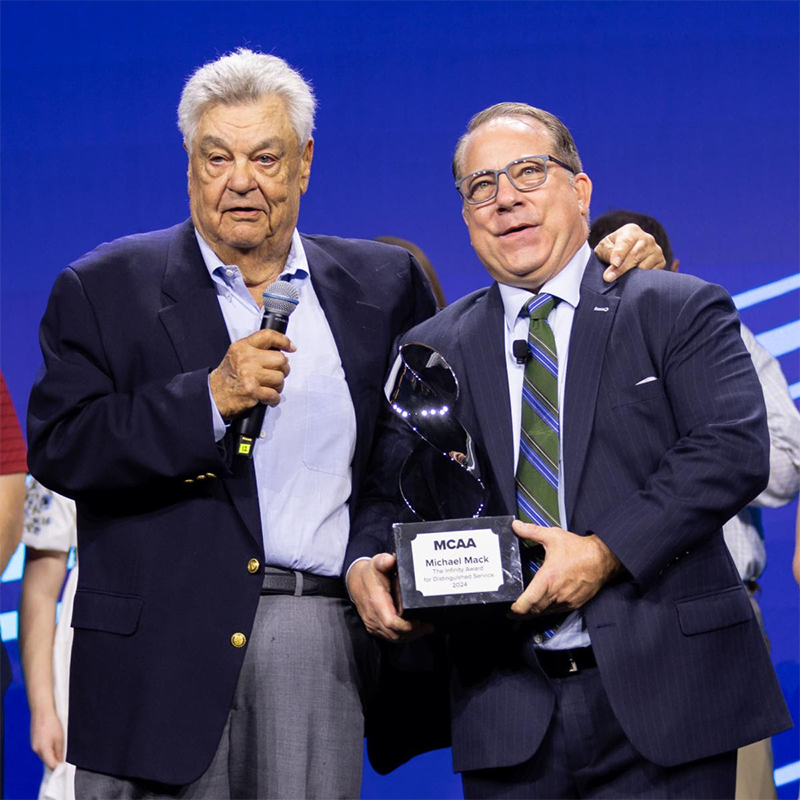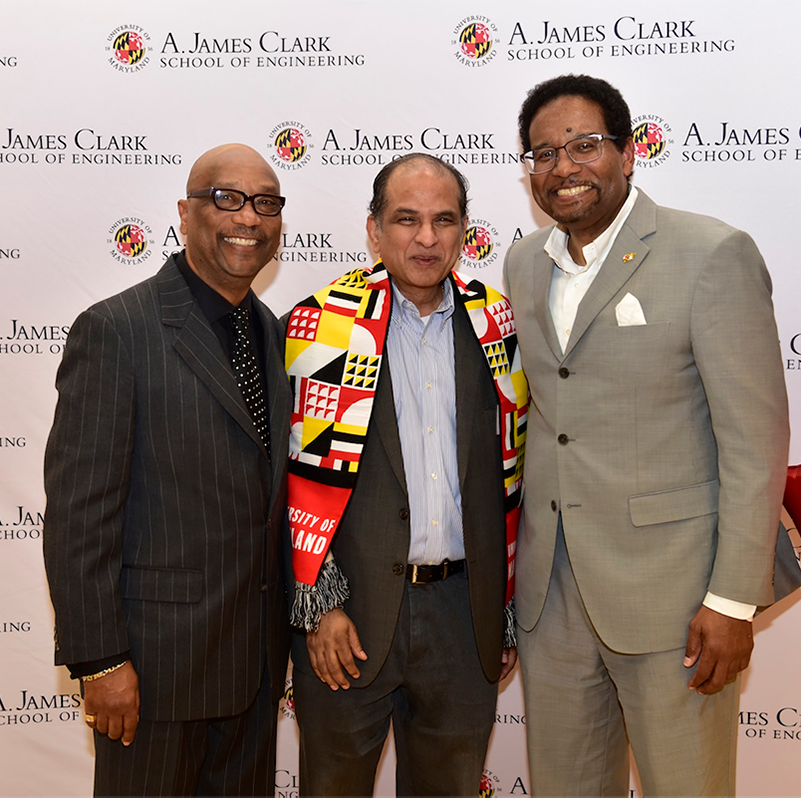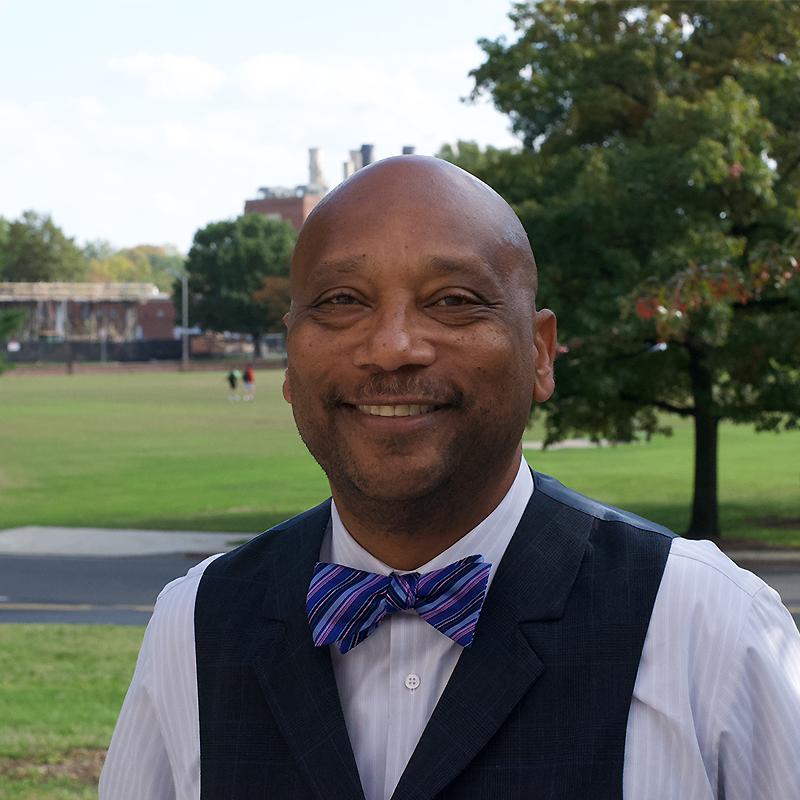News Story
Students harness sunlight in solar competition
The team was ready to go. Its solar-powered house was built, broken down and loaded on a truck headed for the Department of Energy's first Solar Decathlon.
The problem was, it didn't arrive.
The team from the University of Colorado at Boulder fell behind on the first day of the decathlon's set-up, taking place on the National Mall. The trucks with the seven sections of the team's house were stuck in Maryland, delayed by a storm.
"We'll get through it," said Chris Kennedy. "We've got five days and we planned on getting it done in three anyway. I'm feeling pretty confident."
For the next few days, that team and 13 others from colleges and universities across the country will reconstruct houses on the Mall.
The sun's rays must power everything in the houses. At the end of two weeks of tests, the best looking house that makes the best use of its power wins.
Time crunches are nothing new to the Colorado team, which scrapped its original design from last fall and started over in January.
"After all the dust had settled, we stood back and looked at the (first) design and no one really liked what they saw," said professor Michael Brandemuehl, the team's faculty adviser. "I couldn't imagine going forward with the house we originally designed."
They finally settled on a three-room home with high ceilings. The living room jets off of the main room/kitchen at an angle. A large porch will wrap around the outside from the living room across to the bedroom.
And it will all be done by Tuesday.
On Thursday, Sept. 26, the solar village will open to the public. For the next nine days, judges will grade the 14 homes on everything from appearance to how well the solar panels power appliances, with 10 categories in all.
Each team has taken its own route to a final design, and many have incorporated unconventional tweaks.
"That's what's so exciting about this competition," said decathlon creator Richard King, who works for the Energy Department. "There will be some of the uniqueness coming from this first competition. No one really knows what the architectural jury will think and no one knows the winning combination."
King conceived the solar decathlon concept in 1999. As a father of the Energy Department's biannual solar car competition, he wanted to tap the ingenuity the collegiate teams showed and apply it to houses. The underlying purpose of both competitions is to educate the public - a concept every team has embraced.
"Every single home can benefit from solar power and solar appliances," said Alex Yasbek, the University of Maryland's team project manager. "The only way we can do that is to show everyone."
By Friday morning, the second day of the competition, most teams were back at work. Some had worked all night.
The Tuskegee University team had begun putting the final touches on its two-story home's roof. The team, which built the house in one month this summer, expected to spend the weekend installing solar array and wiring it together.
"If we have extra time left, we'll hang up some plants around the outside," said Steven Johnson, a construction science student from Detroit. "You know, dress it up to make it look like a real home."
Trey Raines, an architectural and construction science student from Montgomery, Ala., designed the house with a breezeway that cuts through the first floor, and above it, a catwalk connects the two sections of the upstairs. The front left corner of the house is a screened-in porch.
The University of Texas, Austin, meanwhile, is building a house out of what looks like a life-sized erector set. While students didn't even have all the framework up Friday, team leader Josh Jackson said he wasn't worried.
"We're fine," he said, while watching his teammates place a section of flooring. "Today, all the roofs will go up first, then the walls will be installed."
The team's signature piece is a chrome Airstream trailer that will be parked in the middle of the house. The trailer will serve as the kitchen and will contain most of the home's appliances. That way, Jackson said, the heat generated by the oven, refrigerator motor and microwave won't warm the rest of the house.
Each team has its own special feature.
For Virginia Tech, it's translucent walls imported from Germany. The University of Delaware has walls of steel and Styrofoam - "Just like the stuff in your coffee cup," said team member Gwen Thorson.
For the Colorado team, it will be the unconventional shape, which by Friday morning was almost in place. The trucks had arrived and starting at 6 a.m. the pieces began coming together.
Chris Kennedy helped some of the others fit the third section - the living room - onto the foundation pins. The crane slowly lowered it as Kennedy and the team made sure it slid firmly into the metal brackets.
After about 15 minutes, Kennedy gave the thumbs up.
"The tortoise always wins the race, right?" he said.
Published September 20, 2002









